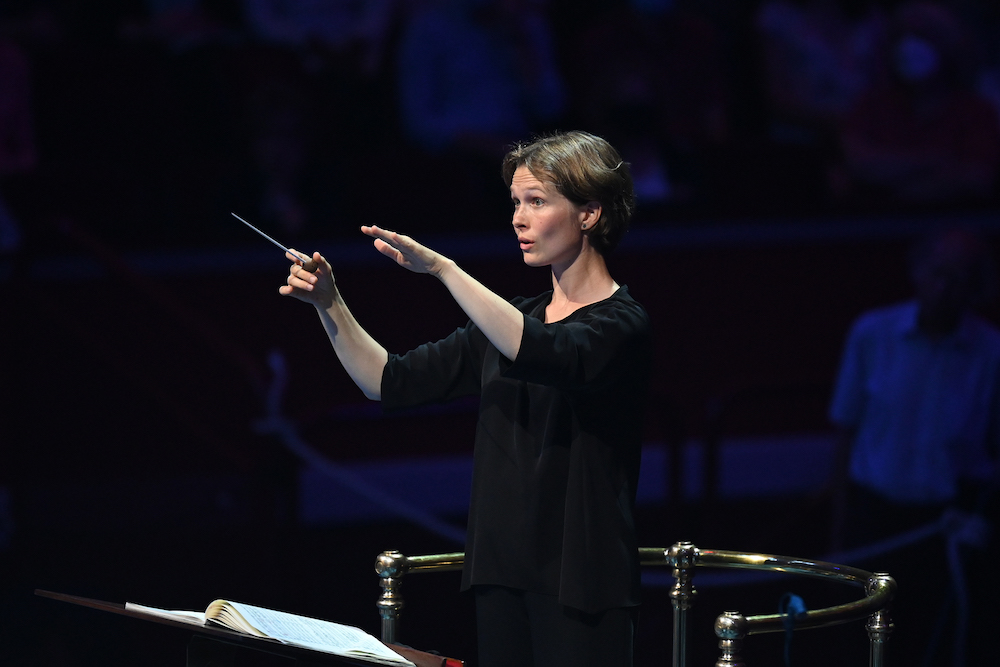
PROMMERS WARM TO VIKINGUR ÓLAFSSON
BBC Proms Saturday 14 August 2021 S.Prokofiev Symphony no.1, J.S.Bach Keyboard Concerto in F minor, BWV 1056, W.A. Mozart Piano concerto no.24, D. Shostakovich Symphony no.9
Journalist, photographer and social commentator.

BBC Proms Saturday 14 August 2021 S.Prokofiev Symphony no.1, J.S.Bach Keyboard Concerto in F minor, BWV 1056, W.A. Mozart Piano concerto no.24, D. Shostakovich Symphony no.9

BBC Proms 5 August Ruth Gipps Symphony No.2 in B major, Thomas Adès’ The Exterminating Angel Symphony, Johannes Brahms Symphony No.3 in F major I have been sitting it out for nine months, waiting for proper concerts with a live […]